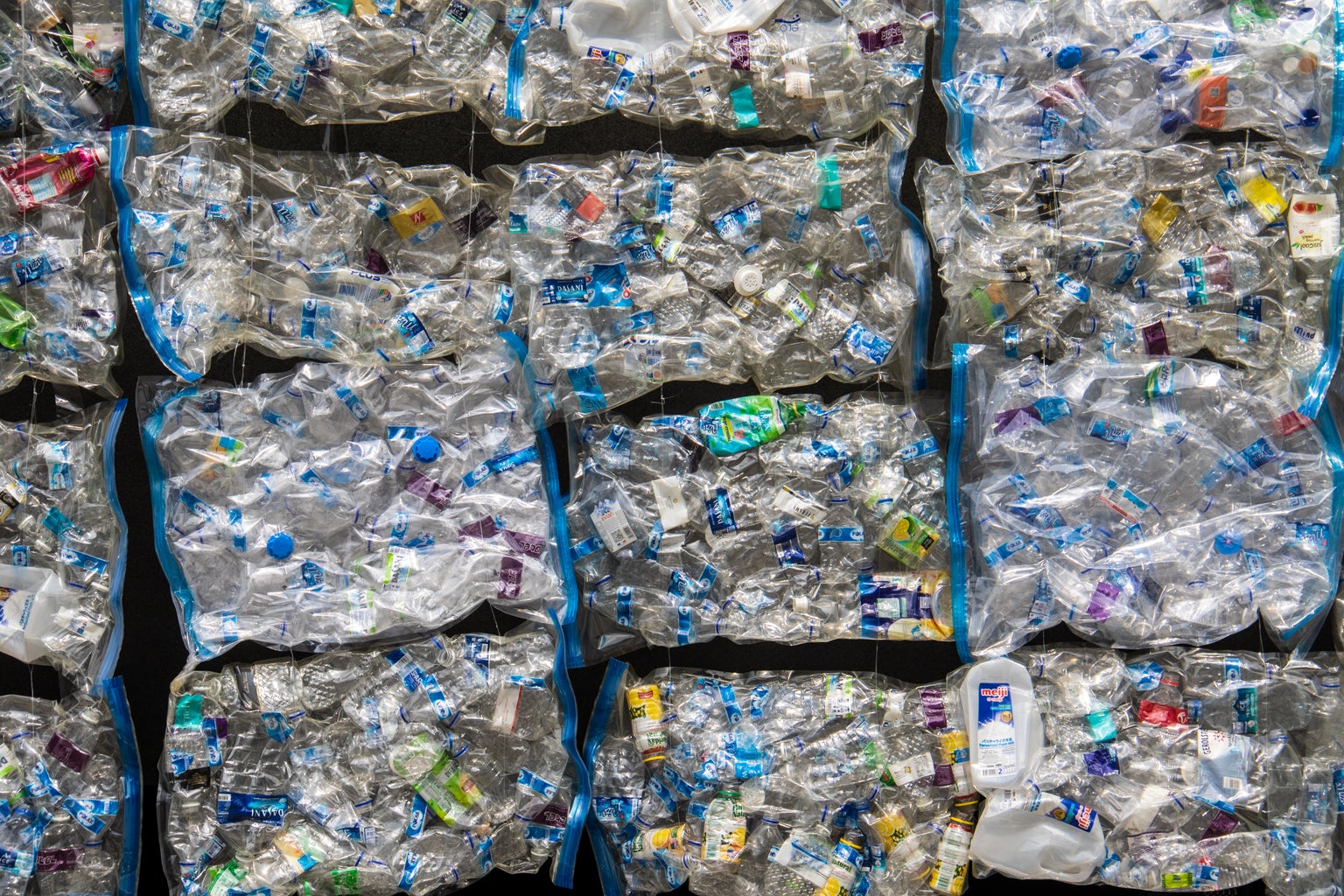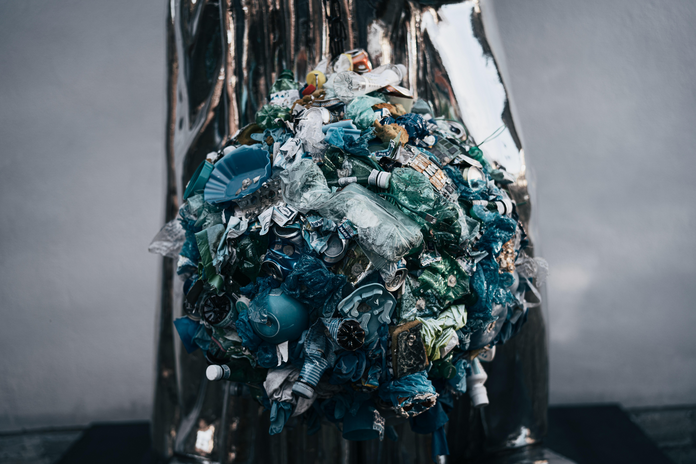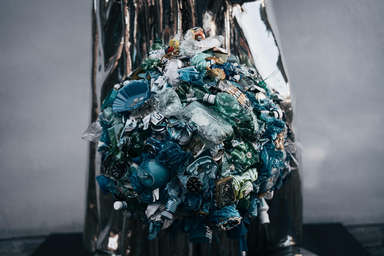Plastic is everywhere; you can’t escape anything without seeing some trace of it. You’ve probably been told that plastic doesn’t readily decompose, so why do we keep mass manufacturing it, and where does it go? Even though plastic recycling gained traction in the 1970s, not enough has been done to negate the negative effects already in play (not to mention the ongoing ones). However, many still do not recycle since it can be more costly to do so than actually producing it. Plastics can take anywhere from 400 to 800 years to decompose, depending on its composition and whether or not if it’s in water or soil.

In order to save the planet, we must start now, and that begins with knowing what we’re dealing with. It’s sad to see that “save the planet” has become a cliche and not as motivating, so I will instead say “get your act together because, truth is, we’re causing our own self-destruction and we’re too stupid to deal with it.” If the planet dies, we’re going with it. Nature will always prevail, so don’t think we’re the ones in charge. Starting off with the topic of today: plastic waste. Plastic is one of the hardest materials to decompose, and bottles specifically take up to 450 years or more. Every year, 1.6 million barrels of oil are used in plastic bottle production; that’s so much plastic just sitting in landfills doing nothing. With all these bottles, there has been an ingenious idea to put this waste to use: ecobricks.
Ecobricks are PET (polyethylene terephthalate— a polyester plastic resin and most commonly used plastic material) filled with clean and dry plastic. Ecobricks take “reuse and recycling” to a whole new level. These water bottle“bricks”are created with a specific density so that they can be used as building blocks! In addition to just putting plastic waste to some use, ecobricks reduce the net surface area of packed plastics so that it can’t degrade into toxins and microplastics. The plastic is secured from invading the environment while awaiting the completion of its degrading process. These bricks are also multifunctional; they can be used for short term ideas like lego-furniture or more long term like earthen gardens and structures (like the wall of a well). This idea, along with the Global Ecobrick Alliance (GEA), emerged for the Igorot people of the Northern Philippines. Guided by Ayyew, the Igorots followed the virtue of creating harmony with ecological cycles. With this, the movement is driven by 10 principles, which can be found here. Because of these ideals, the GEA strays away from sustainability’s focus of minimizing grey impact and instead strives for the Ayyew way of life of syncing with what the Earth is telling us while always always increasing our green impact.
People all around the world are partaking in this, and it’s amazing to see everyone coming together for an important cause. We all share the same motives of care for our biosphere. While the process of ecobricking raises awareness of the consequences of consuming plastic, there are definitely standards to comply by. The committee six criteria for plastic sequestration to ensure that the ecobricking actually contributes to the greening of Earth. Some requirements include a being a reusable short-term building block; compact and can store plastic safely out of the industry and biosphere long-term; remove more plastic and CO2 from the biosphere than was added in the process; maintain biodiversity; and created with the priority of benefitting the biosphere.
There are many different types of ecobricks, too! The regular ones are made with any size PET plastic bottle that’s transparent. The bottle and plastic used to stuff it are cleaned and dry to ensure the prevention of bacteria growth. The plastic packed inside the bottles are ripped into small pieces and compacted layer by layer. It is important that the pieces are layered down evenly so that it minimizes gaps and bolsters the integrity of the bottle needed for building. These ecobricks need to be packed solid enough so that it can bear the weight of a person and be reusable.
A newer version of ecobricks are cigbricks. Made exclusively of paperless cigarette butts, cigbricks are made with the intention of decreasing the presence of cigarette butts in the environment. These building blocks are essentially the same as the normal ecobricks, just with cigarette butts instead of plastic. The only slight difference is the density of the bottle. With regular ecobricks, it’s density must be in the range of 0.33g/ml and 0.70 g/ml; with cigbricks, it’s between 0.29 g/ml and 0.70 g/ml. It’s only a small difference, but it’s the requirement necessary to consider it as sequestered plastic.
The last version of these building blocks are ocean ecobricks. Just as the name implies, the ecobrick is composed of plastic found in the ocean and other bodies of water. Because the plastic found here tends to be wet and dirty, it’s not suitable for a regular ecobrick. However, there is still a use for them! Basically, they’re two halves of a cut PET bottle just stuffed with as much plastic as possible. Unfortunately, the GEA doesn’t favor promotion of this version as their ideal vision is bottles filled with clean plastic that doesn’t leave waste in its making. For ocean ocobricks, the plastic inside is obviously kind of gross and materials are left over in production (since bottles are cut in half, the top and caps remain unused). Because of its composition, the structural integrity isn’t as strong, and it looks uglier. Not all solutions can be pretty though!

Now that you know what an ecobrick actually is, you may be wondering “why would I even do this.” The obvious answer being a way to make use of the heap of plastic everywhere, but the ecobrick movement is different in that literally any can take part. When plastic goes to waste, it contaminates the ecosystems that sustains life, including us. While ecobricks are pretty simple— stick plastic in other plastic to build stuff with it— there are many big ideas behind it. One of the best parts I like about ecobricks is its ability to empower households and regular people into taking action. Typical consumers don’t really think about what happens to the products they buy when they’re done with it. We buy it, use it, then throw it away and expect someone else to take care of the waste. But what even happens to the waste? Is it recycled like it claims to be, or is it just going to be sitting in a landfill somewhere for the next half century? With ecobricks, you can handle it yourself! Unfortunately, I was unable to include an actual picture of ecobricks and things that can be created with it, but there are so many ideas that haven’t been done yet, so maybe you can be the first.
Even though there is a global alliance and regulations for what makes an ecobrick, the process of making an ecobrick is simple, and you can do it yourself! The movement has only gotten so big because of everyone getting involved. Even wonder what to do with those 2 litre soda bottles and other plastic lying around in your recycling bin? Try making an ecobrick! Just make sure it follows regulations so that it can be considered an ecobrick instead of just a poor art project. There are 10 easy steps that you can follow here: https://www.ecobricks.org/how/. Go build something cool and help the environment one bottle at a time:)
Read more about it at https://www.ecobricks.org/!
Other sources to learn about plastic waste and how to make a difference:



